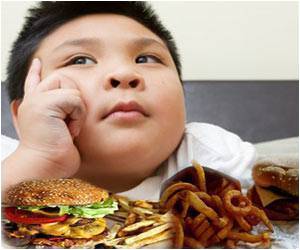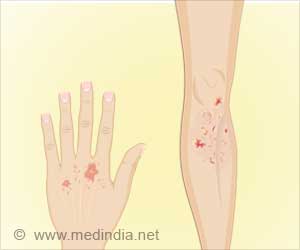A recent study that appeared in the January/February 2007 issue of General Dentistry, reveals some of the positive effects of pacifier use.
A recent study that appeared in the January/February 2007 issue of General Dentistry, the Academy of General Dentistry's (AGD) clinical, peer-reviewed journal, reveals some of the positive effects of pacifier use.
"Contrary to popular belief, there are some positive effects that result from sucking on pacifiers," says Jane Soxman, DDS, author of the study and Diplomate of the American Board of Pediatric Dentistry."One is that they assist in reducing the incidence of Sudden Infant Death Syndrome (SIDS). Babies who are offered a pacifier do not sleep as deeply as those who sleep without a pacifier. Pacifier sucking makes it possible for the infant to be aroused from a deep sleep that could result in the stopping of breathing. Pacifiers also increase sucking satisfaction and provide a source of comfort to infants."
Parents should be aware of the effects of pacifier sucking on an infant's oral health. "Children should stop using pacifiers by age two," says Luke Matranga, DDS, MAGD, ABGD, AGD spokesperson. "Up until the age of two, any alignment problem with the teeth or the developing bone is usually corrected within a 6-month period after pacifier use is stopped. Prolonged pacifier use and thumb sucking can cause problems with the proper growth of the mouth, alignment of the teeth and changes in the shape of the roof of the mouth."
Breaking the habit is not always easy, and there are several methods parents can use to stop it. Parents can dip the pacifier in white vinegar, making it distasteful; pierce the nipple of the pacifier with an ice pick or cut it shorter to reduce sucking satisfaction; leave it behind on a trip; or implement the "cold turkey" method.
Tips and Recommendations:
· Pacifier use should be restricted to the time when the infant is falling asleep.
· Pacifiers can cause severe lacerations if the shield is held inside the lips.
· Look for a pacifier with ventilation holes in the shield, as they permit air passage. This is important if the pacifier accidentally becomes lodged in the child's throat.
· In order to prevent strangulation, do not place a cord around a child's neck to hold a pacifier. Look for pacifiers that have a ring.
· A symmetrical nipple permits the pacifier to remain in the correct sucking position.
· Dispose of the pacifier after use; it is not sanitary to keep it or give it away.
Advertisement
SRI





